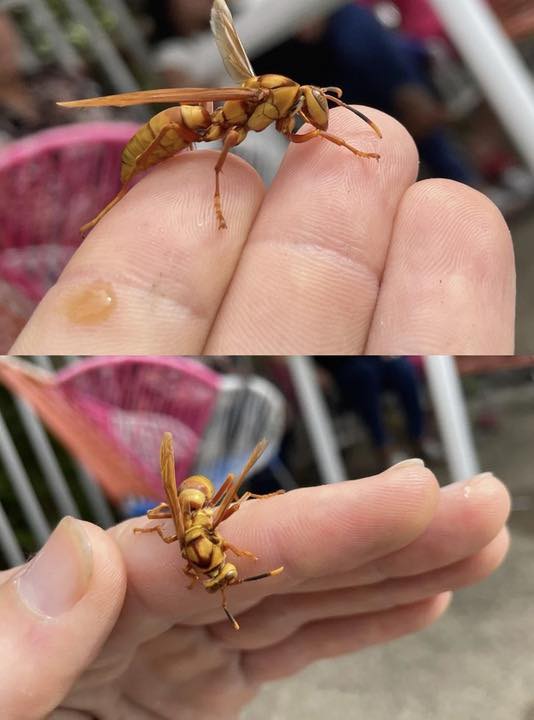When a wasp stings, it injects venom into the skin, causing pain, redness, and swelling. Unlike bees, wasps can sting multiple times because their stingers are smooth and do not detach. The first step after being stung is to stay calm and move away from the area to avoid further stings. Panic can increase the chances of additional stings and worsen the situation.
Immediate Actions: Removing the Stinger and Cleaning the Area
Although wasps typically do not leave their stingers behind, if you suspect any residue, gently scrape it off with a fingernail or a credit card. Avoid using tweezers as this might squeeze more venom into the skin. Once the wasp stinger is removed, thoroughly clean the area with soap and water to prevent infection. Keeping the area clean is essential in minimizing complications.
Reducing Pain and Swelling: Home Remedies That Work
After cleaning the sting, apply a cold pack or a bag of frozen peas wrapped in a cloth to the affected area. This helps reduce swelling and numbs the pain. Over-the-counter pain relievers like ibuprofen can also be used to manage discomfort. For itching and irritation, applying hydrocortisone cream or calamine lotion can provide relief. If swelling or redness increases, consider taking an antihistamine like Benadryl.
Watch for Allergic Reactions: Know the Signs and When to Act
Most people experience only mild symptoms after a wasp sting, such as localized pain and swelling. However, some individuals might have an allergic reaction, leading to symptoms like severe swelling, difficulty breathing, hives, or a rapid heartbeat. If these symptoms occur, seek medical attention immediately as they could indicate anaphylaxis, a potentially life-threatening condition.
Home Remedies: Vinegar and Other Natural Solutions
see continuation on next page
ADVERTISEMENT
